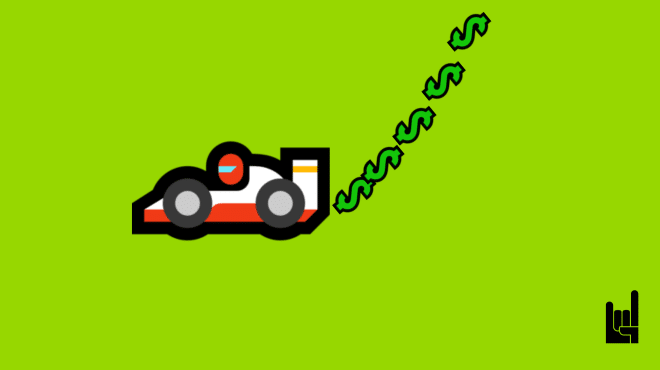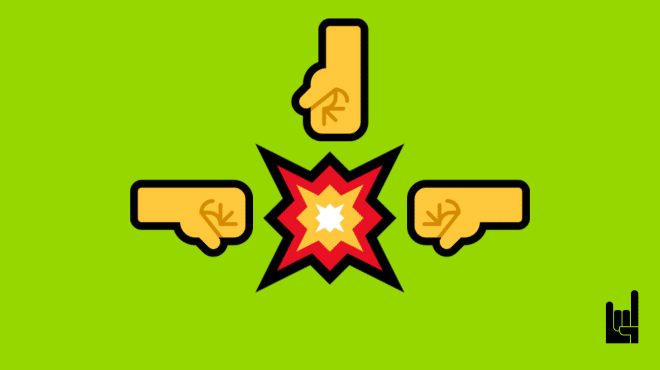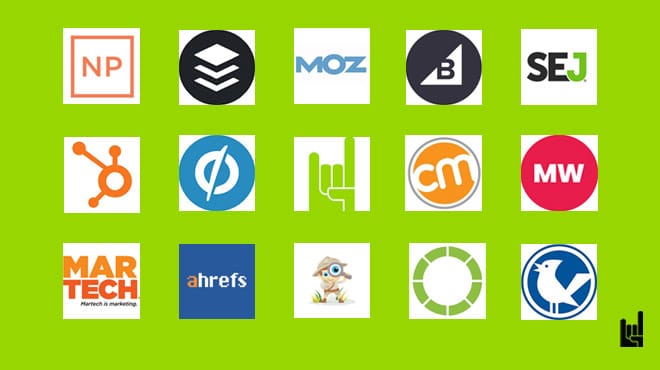Productizing Marketing
After years of experience in the field, we transformed all of our marketing processes, strategies, and tactics into a standardized, replicable productized service named “The Growth Machine”. Just as a tangible product follows a consistent manufacturing process, productized marketing offers a set framework or package that can be consistently applied across different scenarios or clients. The benefits of this approach include scalability, clarity in deliverables, and predictable outcomes. By converting bespoke marketing services into pre-defined packages, we can offer our clients a clear value proposition, streamlined operations, and often, more transparent pricing. This evolution of marketing not only simplifies the service offering but also provides a platform for innovation and continuous improvement within a defined framework.
Growth Hacking is holistic by design
Growth hacking is indeed about holistic marketing. It emphasizes the importance of integrating various marketing channels and strategies to drive growth and achieve business goals. While working with different agencies can bring expertise in specific areas, it can also create challenges in terms of coordination, collaboration, consistency, and alignment.
What’s the typical mistake
The typical scenario our clients mention while looking for “another approach”, where multiple agencies each do a great job individually but the company doesn’t experience growth, can be attributed to the lack of orchestration, consistency, and systemization. Here’s how these elements play a crucial role in holistic marketing:
1. Orchestration: In a holistic marketing approach, all marketing efforts are orchestrated to work together cohesively. This means aligning the strategies and tactics of various agencies or consolidating to one or to at least fewer, to ensure they complement each other and contribute to the overall marketing objectives. By coordinating the activities of different agencies, businesses can ensure a consistent and integrated customer experience across multiple touchpoints. For example, there are a lot of cases, where a result of Keyword research highlights the need to run some keywords via Paid Ads and some others via Organic SEO. Who would make that decision? The PPC agency or the SEO agency? Do you see my point?
2. Consistency: Maintaining consistency in branding, messaging, and customer experience is essential for building trust and loyalty. When each agency operates independently, there is a risk of inconsistencies in how the brand is portrayed and communicated. Inconsistencies between ads’ messages and landing page’s messages. By having a centralized marketing strategy and clear guidelines, businesses can ensure that all agencies follow a consistent approach that not only aligns with the brand identity but also creates growth. Growth will never come from isolated activities.
3. Systemization: The main deliverable of a holistic growth agency is a set of playbooks. A description of a well-executed systematic approach to marketing activities helps streamline processes, improve efficiency, and maximize results. Having standardized frameworks, tools, and processes in place allows for better collaboration between agencies, efficient resource allocation, and easier measurement of performance. By establishing a systemized approach, businesses can eliminate redundancies, avoid gaps in execution, and enhance overall performance.
Keeping all your eggs in one basket?
Not exactly. There is a method to de-risk working only with one provider.
And that method has a name: It’s called “The Growth Machine“. Well, our growth machine is de-risking working with a holistic growth agency because it includes:
- Clear expectation management and role definitions: It clearly defines the roles and responsibilities of each party (agency and company) to avoid overlaps, delays, or gaps in execution. This will help establish accountability and ensure everyone understands their contribution to the marketing strategy. You also know the workshops we require, their time, and the agendas for every meeting.
- Transparency in experiments: Experiments and optimizations come with a challenge: some might not succeed. Instead of concealing these setbacks, we acknowledge and learn from them
- Documentation on every step: A set of playbooks will be delivered with all the details of what and how everything has been implemented. We keep nothing for you, all the related knowledge should become the assets of your company.
- Clear Task Management: A Trello board will be delivered from day zero for all phases. So, you will know exactly what you will get, the checklist of all items to be implemented and each deliverable
- Data sharing and analysis: In full transparency our agency shares data and insights to gain a holistic view of marketing performance. By analyzing data collectively, businesses can identify patterns, optimize strategies, and make data-driven decisions that drive growth.
- Phasing approach: The growth machines split into multiple phases with clear deliverables per phase. You will know what and when you will get any deliverable.
Introducing: The Growth Machine
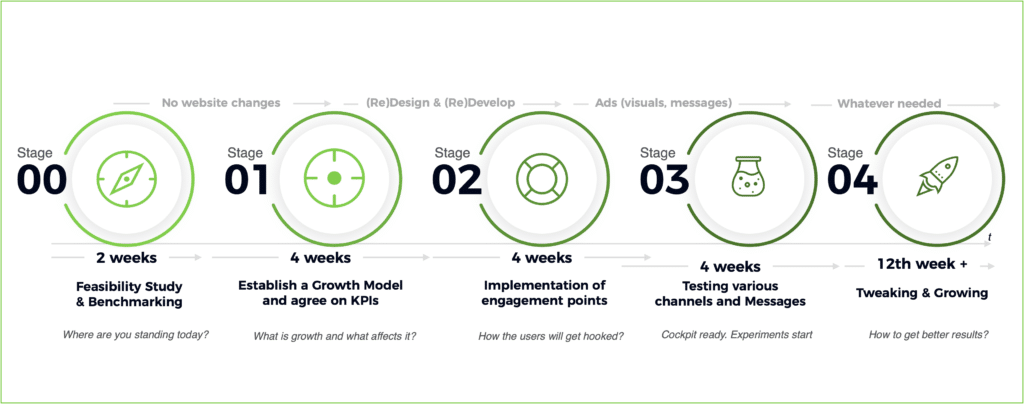
Diving In Growth Options
Let’s now see what each phase means:
Stage 0: Feasibility Study & Benchmarking. During this phase, we will assess your current situation. We’ll identify the factors holding you back and harmonize our terminology and definitions. Furthermore, we’ll ensure we interpret data in a consistent manner. Surprisingly, in 80% of cases, this isn’t already the case.
Stage 1: Establish a Growth Model and agree on KPIs. During this stage, we’ll formulate our Growth Strategy (we agree we need a growth recipe right?), define the 2-3 KPIs per growth pillar, and design preliminary dashboards based on current web assets. By the end, we’ll have established Growth Pillars, identified tactics for execution, and a method to rank their importance.
Stage 2: Implementation of engagement points. During this stage, we implement our new engagement points, we integrate everything with data capturing layer and we introduce nurturing automation(s) to move our users down the funnel
Stage 3: Testing Channels and Messages. During this phase, we introduce traffic to assess the robustness of our strategy. How does the traffic respond? Do visitors follow the intended pathways? Are they converting? If not, what feedback can we gather to comprehend the underlying reasons?
Stage 4: This is an ongoing phase. We experiment, we tweak, we analyze and we implement.
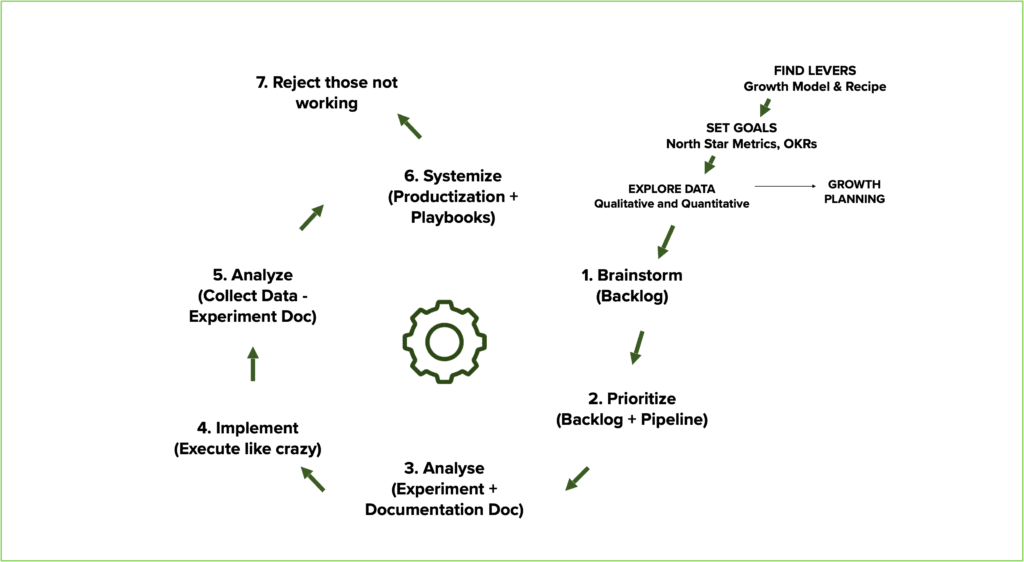
If you’re aware of each deliverable’s details and timing, as well as the metrics for every phase of the process and corrective actions, what’s the potential risk?
Do you want to learn more about the Growth Machine from the person who invented it?

Theo Moulos
Meet Theo, CEO of GrowthRocks
Web conferencing details provided upon confirmation
UK, Ireland, Lisbon Time
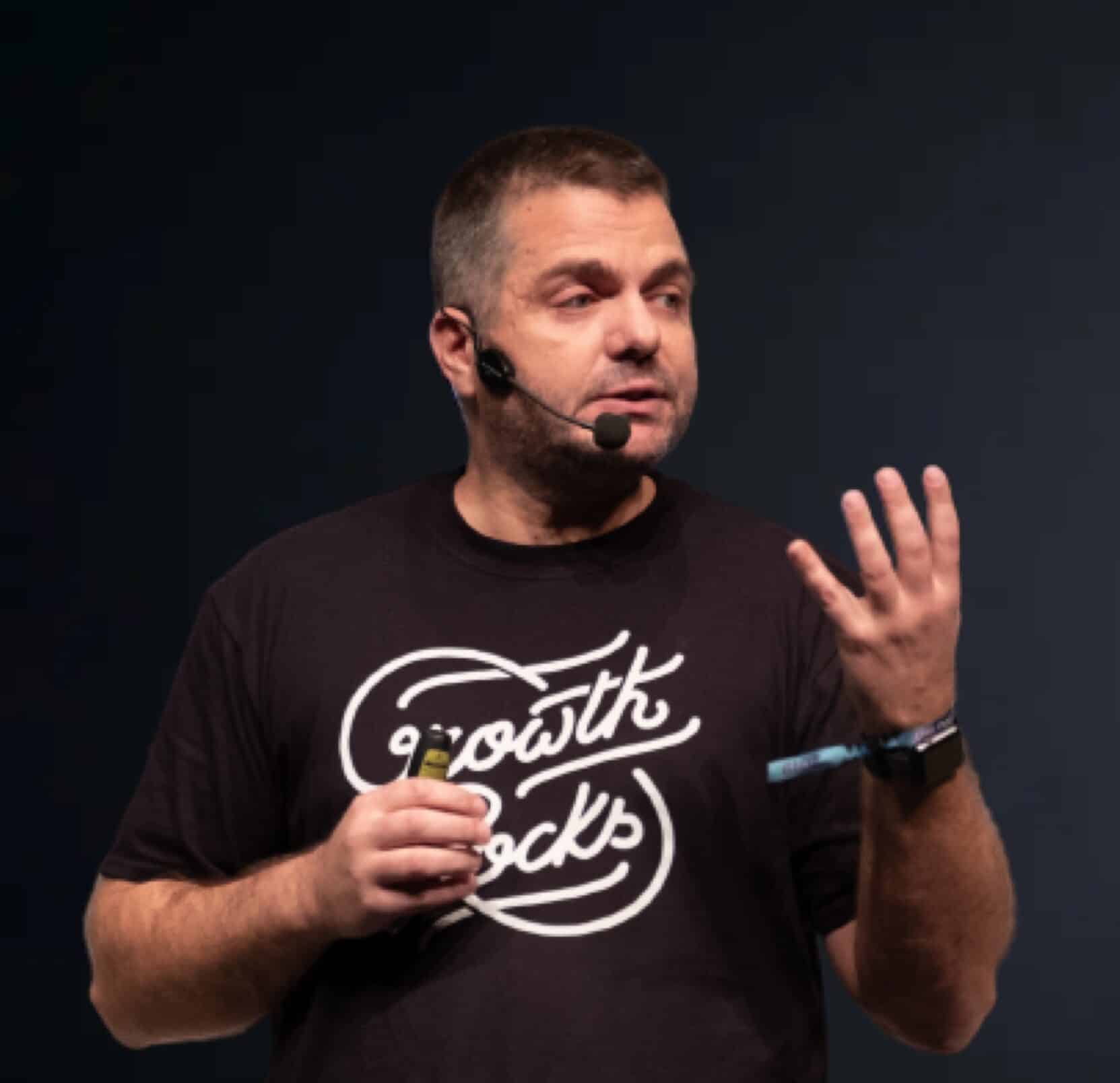
Theodore has 20 years of experience running successful and profitable software products. In his free time, he coaches and consults startups. His career includes managerial posts for companies in the UK and abroad, and he has significant skills in intrapreneurship and entrepreneurship.
